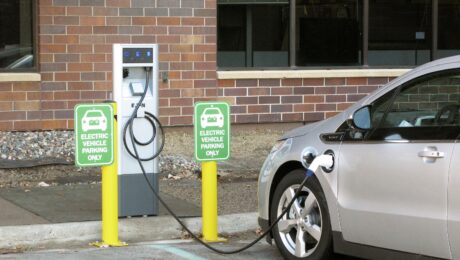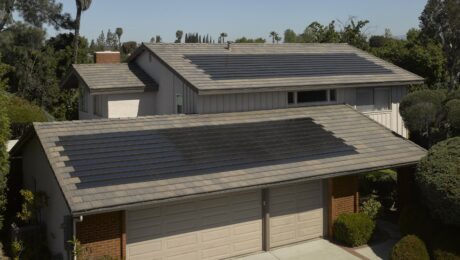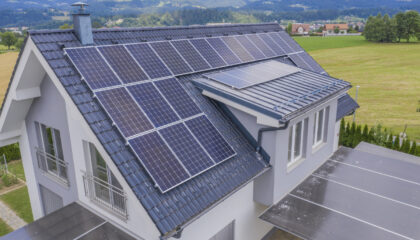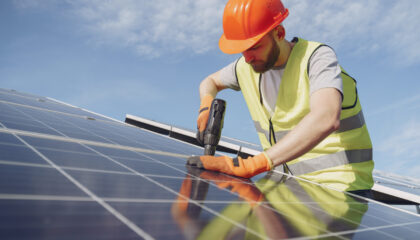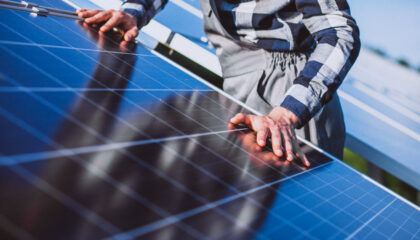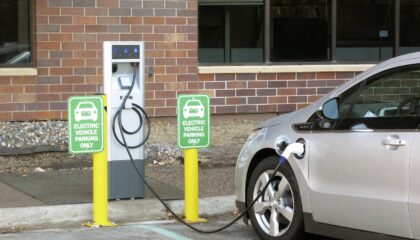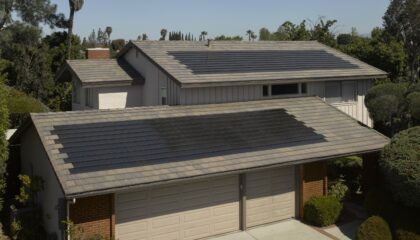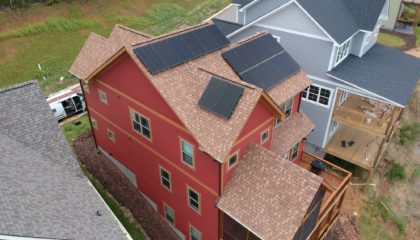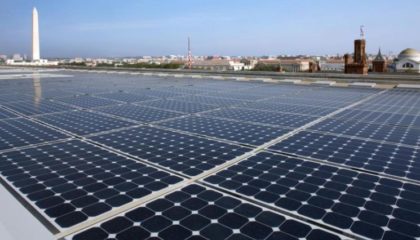EV Market Growth and Infrastructure Expansion
It really is a “Which came first? The chicken or the egg?” type of scenario. Do we jump in with both feet and flood the streets with EV’s or do we wait on the infrastructure expansion of hundreds of thousands of chargers to be installed?
Those of us that are in the market for our first electric vehicle often worry about range and charging options. We understand that the infrastructure isn’t nearly where it needs to be for longer trips. With EV sales numbers multiplying each year, we also understand that if the infrastructure doesn’t start expanding right now then it will become increasingly more difficult to find an available/open charging station. Recent projected numbers from leading automobile manufacturers show literally hundreds of new EV models hitting the market in the next 3-4 years.
Like a lot of things in the energy sector, solar energy not excluded, favorable policy will be necessary to make progress for EV infrastructure. Electric utilities, in general, see the gigantic opportunity before them to expand as the EV market grows. However, it seems many utilities are not eager to move forward with investments until the rubber hits the road. This hesitation to invest slows expansion and ultimately delays our transition towards electric vehicles. It will take effort on the consumer end to move forward. Pressure will need applied on utility commissions, political representatives, and communities.
To further complicate things, the declining fossil fuel industry is fighting with everything it has left to lobby against EV’s. The oil industry has requested additional fees for EV’s and lobbied to overturn subsidies for EV purchases, chargers, and infrastructure. Despite combustion engine vehicle bans in targeted cities throughout the world, the oil industry is still battling for a path forward. Our representation that is beholden to the oil industry will also stifle progress.
If you are interested in joining the effort to electrify our transportation systems here in the US, we encourage you to reach out to local groups already in the trenches. Many existing groups that are already out there trying to make a difference would welcome your support.
We have found that individuals with interest in EV’s and solar energy tend to be aware of climate change, and are active in reducing their carbon footprints. Many of our customers are already EV owners or soon will be. If an EV is in your future, we would love to talk to you about expanding your solar energy system or installing a new solar energy system that will cover your driving needs.
Read more:
https://www.politico.com/story/2019/09/16/oil-industry-electric-car-1729429
- Published in Climate Change, Policy
Solar Shingles – Worth the Hype?
There has been a lot of buzz about solar shingles and solar roofs the last couple of years. Is this new(er) solar medium worth the hype? Most experts in the industry agree unanimously, NO.
Tesla’s famous roof tiles made their debut in 2016 where they were presented as a non-functional prop at Universal Studios. Since then, many people have gotten attached to the idea of a more aesthetically pleasing look. Unfortunately, our advice to those people is to forgo the hype and install traditional solar modules on their existing roofs for the following reasons:
- Despite misleading prototypes and mock-ups, so far there has not been a company that has successfully constructed a full-scale solar roof. Currently there are solar shingles in production, but they are not designed to replace an existing roof entirely, just a section as traditional modules would.
- Solar shingle installations are more difficult and expensive. Installers must be very meticulous in preventing roof leaks as they integrate the solar shingles with the existing roof shingles. Additional attention and materials must be used to layer water barriers between the roof sheet and the solar shingles. The added labor and level of expertise needed drives up costs significantly.
- The productivity and efficiency of solar shingles has not yet come close to traditional solar modules. On average, the thin-film solar cells from that which solar shingles are made are about 10-12% efficient. Traditional modules, made of polycrystalline or monocrystalline silicon, average 17-20% efficiency.
- The market for solar shingles is very narrow. Buyers must be building a new home, need a roof replacement, or have the capital to fully replace a functional traditional shingle roof.
- Advertising of solar shingles often states that they are less expensive than replacing your shingles; but this is not entirely truthful. The fine print of this statement typically compares the cost of solar shingles to the sum of replacing your roof several times over many decades.
There is no doubt that solar panels of the future will take different forms and that the technology will change and improve. Research and development from around the globe is producing many different, promising photovoltaic technologies. But, for now, what is readily available on the market, is our installation of choice. For those worried about aesthetics, we offer all black solar panels with black racking. If you ask us, it looks great and functionality is top notch.
Call us at (828) 332-3003 or Click Here for a free quote!
Cited Resources:
- Published in Solar Technology

